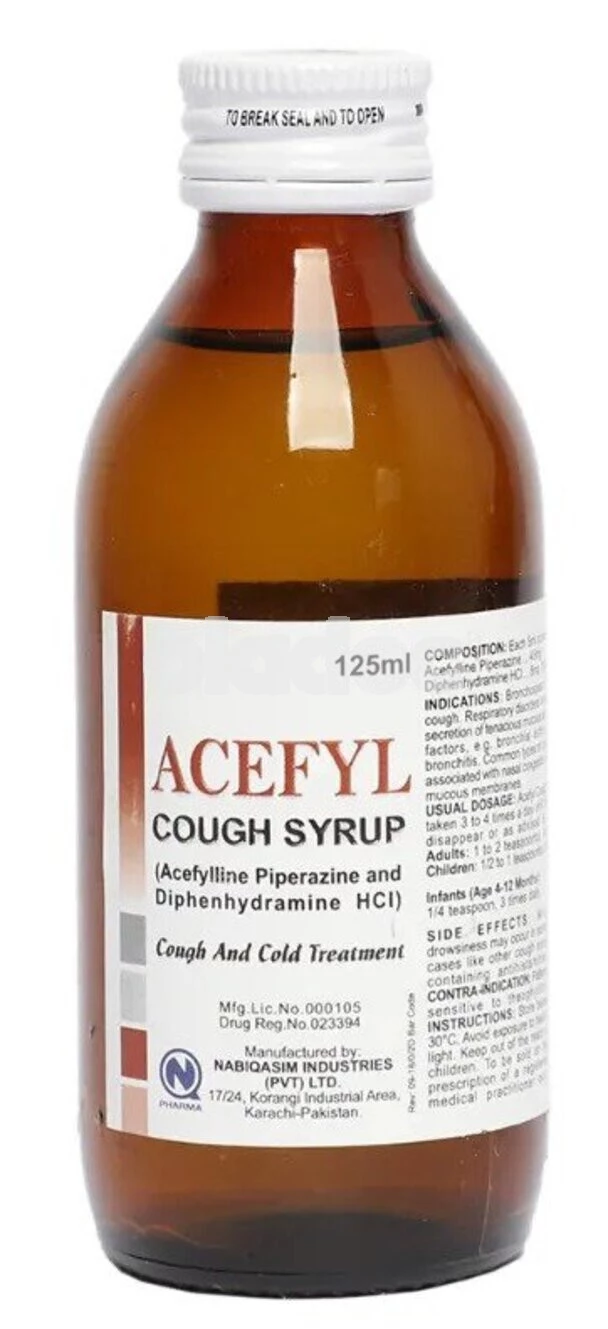Acne Vulgaris, the kind that initiates during puberty and reappears continuously from then on, is the most common non-infectious skin condition worldwide that results from blocked skin pores and sebaceous (oil) glands; causing spots and pimples on the face, shoulders, back, neck, chest and upper arms, as these areas have the largest number of sebaceous glands.
Table of Contents
How It Happens:
Sebum, an oily liquid produced by sebaceous glands connected to the sac-like hair follicles in various skin pores is responsible for bringing dead skin cells to the surface. However, when a follicle is blocked, sebum, hair and skin cells collect and combine to form a plug underneath the skin. This plug then breaks down to form a pimple and is infected by the resident skin bacteria Propionibacterium acnes (P. acnes), to result in what we call ‘acne’; the severity of which depends upon the bacterial strain (type).
Hormonal Factors:
Puberty, or adolescence triggers the growth and excess sebum production by the oil glands underneath the skin due to a rise in androgen levels. This excess sebum breaks down cell walls in the pores and promotes P. acnes growth, resulting in acne.
Other possible acne triggers include:
- Smoking
- Menstruation
- Genetic factors
- High humidity
- Greasy cosmetics
- Certain medications containing androgen and lithium
What DOESN’T Cause Acne:
- Greasy Foods. Although oils in greasy areas like kitchens and fry vats can stick to the skin, block hair follicles and cause acne.
- Excess Makeup. Only oily makeup products can clog pores and cause acne.
- Dirty Skin. In fact, vigorous scrubbing and harsh soaps and chemicals can aggravate the skin and worsen acne.
Types:
The following pimples are classified based on their size, color, and pain level:
- Whiteheads are small, remain under the skin and are formed due to the bulging of the follicle wall.
- Blackheads appear on the skin’s surface, and their dark coloration is due to the clogged bacteria and oil being exposed to the air.
- Papules are small pink bumps on the surface of the skin.
- Pustules are red-based, pus-headed pimples over the surface of the skin.
- Nodules appear as large, solid and painful pimples on the surface that are embedded deep in the skin.
- Cysts are painful, pus-filled lumps that form beneath the skin’s surface due to blockages and infections deep inside the hair follicle and may cause scarring.
- Acne Mechanica is a sub-type of acne that occurs in athletes, students, and soldiers due to exposure to excessive heat, pressure, covered skin, or the constant rubbing of different materials against the skin.
- Acne Neonatorum And Acne Infantum affect newborns and infants, manifesting as a pimply facial rash that commonly clears up a few weeks after birth. However, acne infantum might cause scarring.
Grading:
- Mild: Whiteheads and blackheads, with some papules and pustules.
- Moderate (pustular acne): Multiple papules and pustules mostly confined to the face.
- Moderately Severe (nodulocystic acne): numerous papules, pustules and the occasional inflamed nodule on the face, back, and chest.
- Severe (nodulocystic acne): Numerous large, inflamed, and painful pustules and nodules.
Treatment:
Treatment depends upon the acne grade:
1- Mild Acne:
Over-the-counter (OTC) gels, creams, lotions, and soaps containing either Benzoyl peroxide (for drying out and preventing pimples, and eliminating acne-causing bacteria), Salicylic acid (to prevent pore blockage), Sulfur, or the less common Resorcinol (for dead skin cell removal). Visible results normally appear within 4-6 weeks, with creams and lotions recommended for sensitive skin, and alcohol-based dry gels for oily skinned individuals.
2- Moderate To Severe Acne:
Dermatologists may prescribe the following treatments based on the acne grade:
- Corticosteroid Injections are injected in a diluted form into the affected area to reduce severe cystic inflammation, prevent scarring due to cyst ruptures, and accelerate healing.
- Oral Antibiotics¸ commonly in the form of tetracycline and erythromycin, are prescribed for 6 months starting from a high to a gradually lower dosage in order to reduce inflammation and combat acnes growth.
- Oral Contraceptives are used as a long-term acne treatment to suppress the overactive glands in case of hormone and menstruation-caused acne in women. However, it is not suitable for those who smoke, have a blood-clotting disorder, migraines, and are over 35.
- Topical or Oral Antimicrobials and Retinoids reduce the acnes population, unclog pores and prevent whiteheads and blackheads, and are often prescribed together. However, oral retinoids require strict monitoring as they can cause dry skin, lips, and nosebleeds, mood swings, blood sugar fluctuations, conjunctivitis, blood in the urine, and fetal abnormalities in pregnant women.
3- Surgical Options:
Laser Therapy and chemical peels can be used to reduce the population of P. acnes, and remove blackheads and papules, respectively. While large cysts that are irresponsive to medications can be surgically drained and extracted.
Instead of trying to treat severe or recurrent acne at home, consult with your doctor as mistreatment can lead to permanent scarring and consequential low self-esteem.
At oladoc, you can find the best dermatologists in Lahore, Karachi, and Islamabad and get an appointment. Moreover, you can also get an appointment by calling our helpline: 042-3890-0939.










